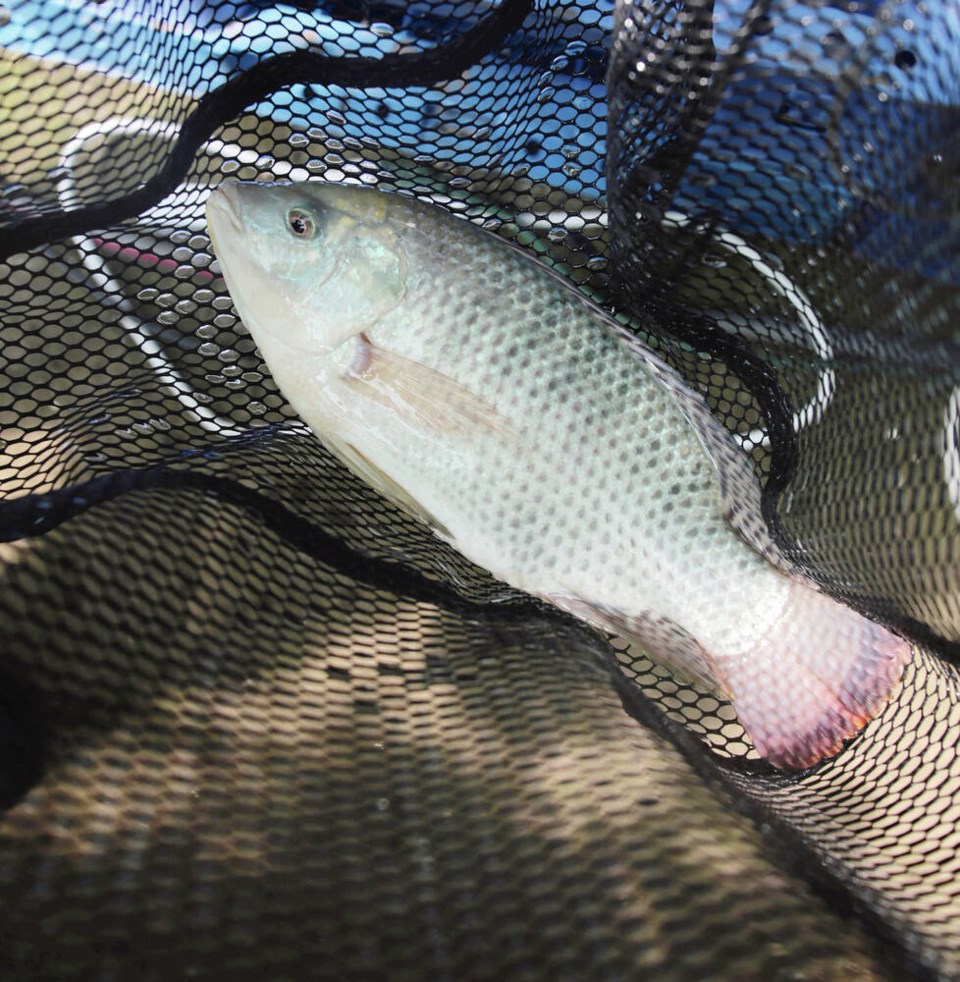What if the seafood you see on your plate is not the seafood you think it is?
There’s a chance that the red snapper or halibut fillets you were sold are a less-expensive farmed fish called tilapia.
If the “albacore sashimi” you ordered from the menu is a flat white colour, you may have been served escolar, not tuna.
Or maybe you suspect the wild Pacific pink salmon you’ve ordered is farmed salmon.
As was recently reported in these pages, a seafood audit undertaken last year reveals that nearly half of seafood samples served in restaurants and grocery stores in four Canadian cities were mislabelled.
Oceana Canada, an international ocean-conservation advocacy group, found that 46 per cent of the seafood sampled in Halifax, Montreal, Ottawa, and Toronto were of species other than what the fish had been sold as.
Of 13 samples labelled “red snapper,” only two were snapper. Seven were tilapia.
In 10 instances, DNA testing showed products labelled as butterfish or tuna were escolar. Escolar is a low-cost fish that is also called “the laxative of the sea” because it can cause diarrhea, vomiting and other stomach problems.
In previous audits, Oceana found escolar to be sold as Atlantic cod, oilfish (related to escolar but in a different genus), rudderfish, blue cod, black cod, king tuna, grouper, orange roughy, sea bass, gemfish, Chilean sea bass, albacore tuna and white tuna.
Year after year, researchers with Oceana and other organizations have found seafood fraud to be rampant in Canada. A 2018 University of British Columbia study found that nearly one-quarter of fish and seafood sold in Metro Vancouver was incorrectly labelled.
Seafood fraud doesn’t just mean that you’re not getting the fish you’re paying for. Farmed fish may be packaged and sold as wild fish. “Local” fish may in fact be shipped in from China or South America. Mislabelled fish may also be illegally caught at-risk or endangered species.
Interestingly, of the four cities in Oceana’s 2021 audit, the oceanside city had the fewest instances of seafood fraud. Only one-third (32 per cent) of samples collected in Halifax were mislabelled, compared to half (50 and 52 per cent) in the other cities.
Factors that are typically more prevalent in seaside cities may contribute to that difference.
Halifax as a community has strong, long-held and direct ties to the fishing industry.
More retailers, restaurateurs and consumers in such seaside communities likely know their fish better than do people from, say, the prairies, where fish for dinner is less common.
People who live near the ocean and eat fish regularly may also have higher expectations about the fish they intend to eat and be better equipped to identify and question potentially fishy supplies.
Many likely have closer ties to the people who fish, buying direct from fishing families. And thanks to those ties, they also may be better informed of market prices and fishing seasons for local species.
Taking a page from their book when you select fish for yourself could help reduce the risk of becoming a victim of seafood fraud yourself:
Be informed and ask questions. What is the fish supposed to look like? Does the vendor know exactly what species of fish they’re selling and where, how and when it was caught?
Buy whole fish when you can. Identifying fish species by the look of a fillet is challenging even for experts, but identifying a species when it comes as a whole fish is easier.
If a whole fish is more than you need right away, consider freezing the extra portions or sharing the fish — and cost — with a friend.
Know the market price. As with investments or renovation estimates, any deal that seems too good to be true is suspect.
Eat in season. Fish species that are abundant at the time of year you’re buying are more likely to be the real thing.
Buy locally or directly from the boat. The fewer middle men involved, the less opportunity for fraud to occur.
If you can’t make it down to Fisherman’s Wharf or up to Cowichan Bay, consider joining a community-supported, direct-to-consumer program, like Skipper Otto or Michelle Rose, or support smaller, reputable fishmongers or businesses that trace their fish through the entire supply chain or have been certified by voluntary seafood-tracing programs like Ocean Wise.
>>> To comment on this article, write a letter to the editor: [email protected]



